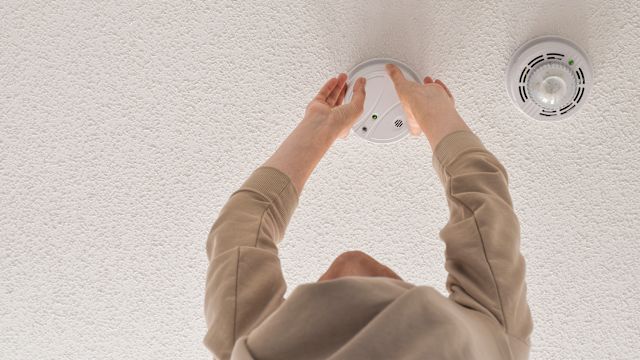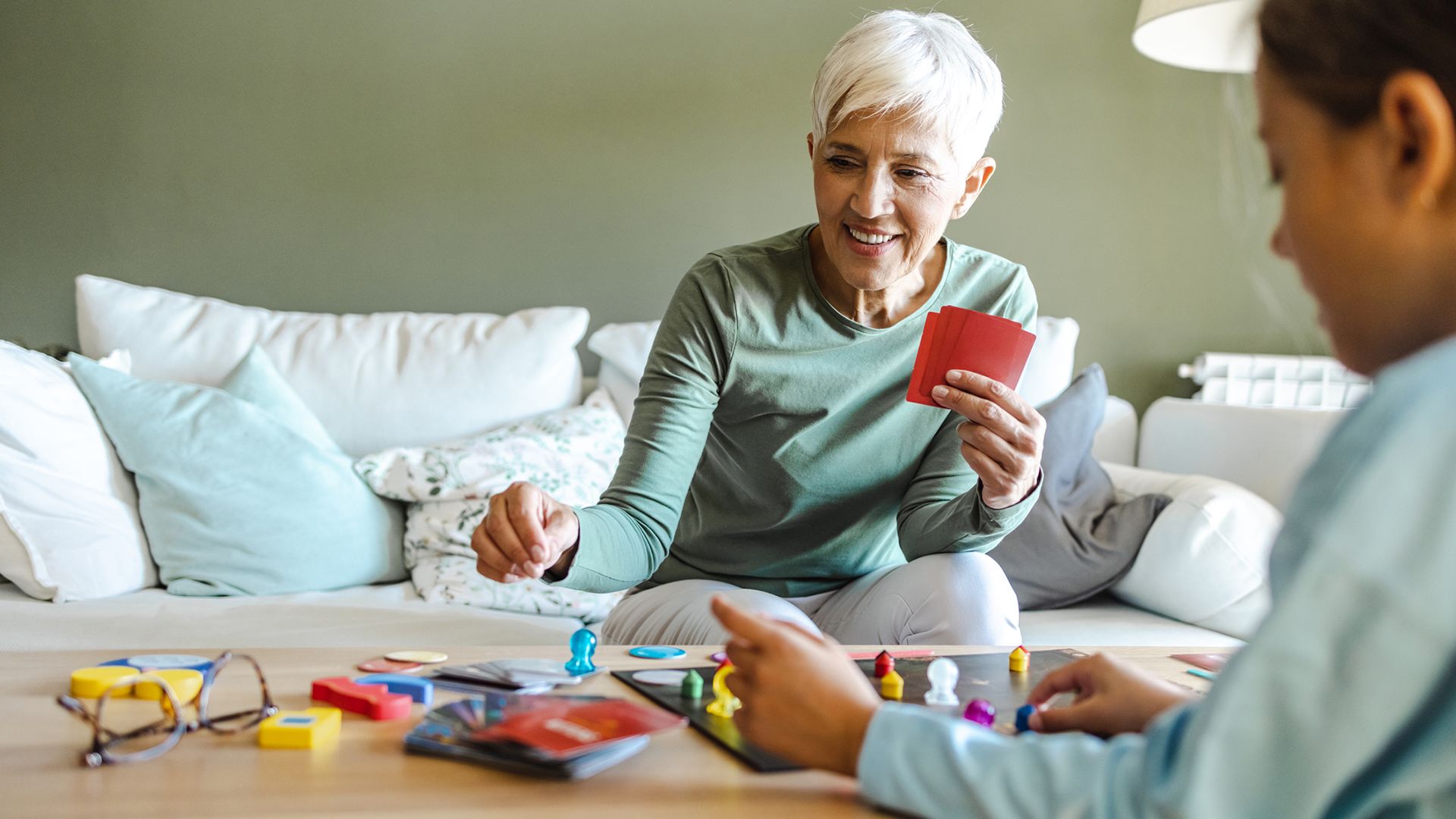As a caregiver for someone living with Alzheimer's disease, you play an essential role in helping your loved one feel safe and comfortable when they are at home.
Below are a few ideas that can help you create a home environment that helps your loved one feel secure, reduce feelings of stress and agitation, and promote a sense of familiarity.
Begin with the basics of home safety
First, make sure the basics of home safety are covered. This includes installing smoke detectors and carbon monoxide detectors on every floor (and replacing the batteries every year), staying up to date on inspections and maintenance on major appliances (like hot water heaters and furnaces), keeping fire extinguishers in accessible places, and keeping a list of emergency numbers on or near every phone.
Home safety tips for a loved one with Alzheimer’s
Alzheimer’s disease causes changes to the brain that impairs cognitive function—things like memory, thinking, and how a person responds to different situations and circumstances. These changes can affect a person’s safety. It can also cause them to become overwhelmed and agitated, become lost (even in familiar places), and have difficulty with tasks that used to be routine.
Keep the home organized
- Minimize clutter and excessive decorations that may feel overwhelming or stressful.
- Create clear pathways throughout the house by removing obstacles or furniture that may cause a person to trip.
- Use visual cues such as labels, color-coded signs, and pictures to aid navigation and promote independent functioning.
Make sure there is adequate lighting
- Brighten up the living areas by maximizing natural light through open curtains or blinds.
- Install well-placed lighting fixtures to eliminate dark spots and shadows, especially in hallways, staircases, and frequently used rooms.
- Nightlights in bedrooms and bathrooms can provide reassurance during nighttime hours.
Add additional safety and accessibility measures
- Install grab bars in bathrooms and near beds to assist with mobility and prevent falls.
- Secure rugs and carpets to minimize tripping hazards.
- Use childproof locks or alarms on doors and windows to prevent wandering or unintentional access to potentially dangerous areas.
- Consider installing ramps and handrails if your loved one will need to use stairs to access parts of the home.
- Consider getting a medical alert system with features like GPS and fall detection.
Make spaces calming and familiar
- Designate a quiet area where your loved one can retreat to relax and unwind.
- Reduce noise by placing rugs and cushions, which can dampen sound, and turning off TVs and loud appliances.
- Provide familiar objects such as favorite books, photographs, or cherished mementos to evoke positive memories and promote a sense of familiarity.
Keep consistent schedules and routines
- Establish consistent daily routines and prominently display visual schedules to help your loved one anticipate and understand the events of the day.
- Organize and label cabinets and drawers for easy access to frequently used items, such as clothing, personal care products, and medications.
- Use reminders, alarms, or smartphone apps to assist with medication management and other time-sensitive tasks.
Implement safety measures in the kitchen
- Secure stove controls and install automatic shut-off devices to prevent accidents.
- Lock cabinets containing hazardous items, such as cleaning supplies or sharp objects.
- Use contrasting colors for dishes and utensils to enhance visibility and aid with independent meal preparation.
Provide a safe and familiar place to sleep
- Arrange the bedroom with familiar furniture, bedding, and familiar belongings to promote a sense of comfort and security.
- Use blackout curtains or blinds to regulate light and maintain a restful sleep environment.
- Install bed rails or a monitoring system to prevent falls and provide reassurance during the night.
Alzheimer’s disease is a different experience for different people. It’s also a disease that progresses and changes with time—and what a loved one with Alzheimer’s disease needs will change over time. Talk to your loved one about what they need and what they are struggling with. Also talk to your loved one’s healthcare providers, who can provide additional guidance and support.






